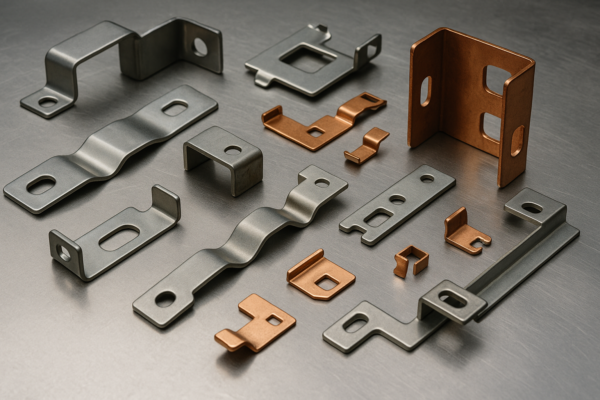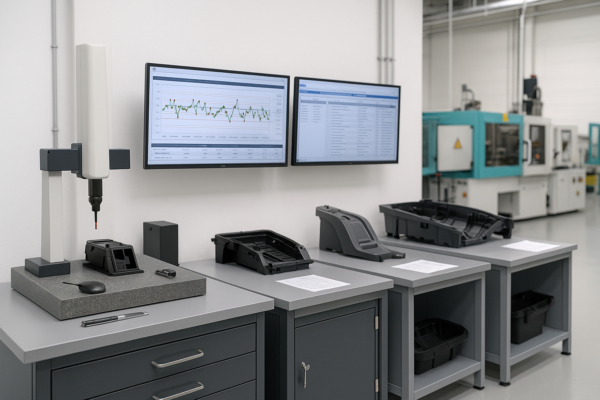What Are the 7 Types of Construction?
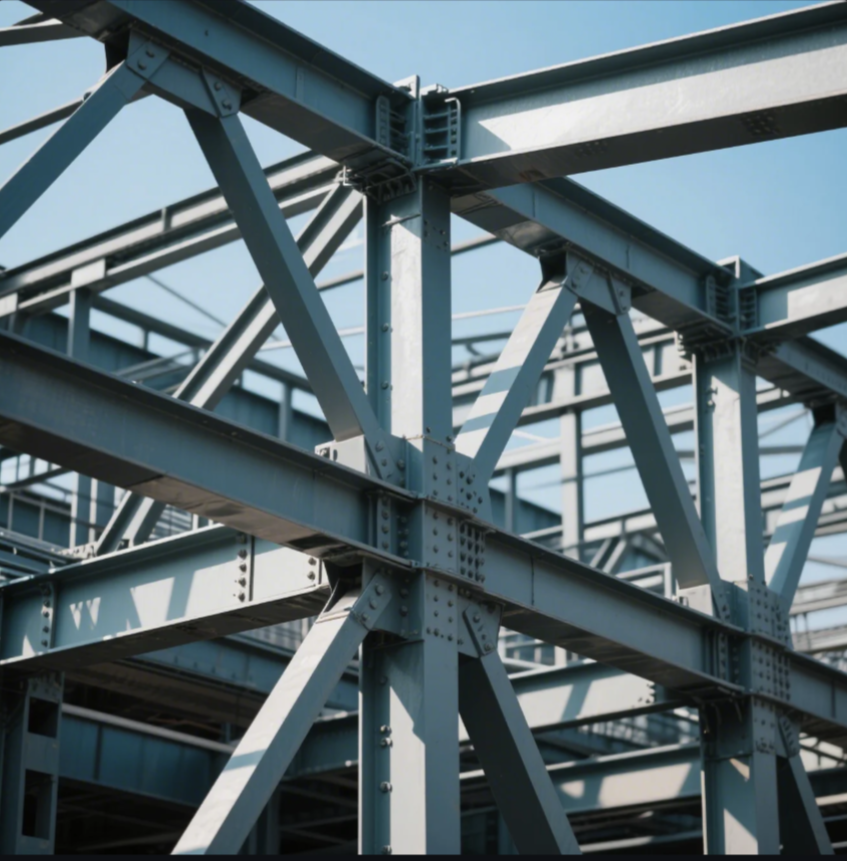
In the world of construction, various types of projects are carried out depending on the purpose, materials, and scale of the work. Understanding the types of construction is key to selecting the appropriate methods, materials, and techniques for each project. In this article, we’ll explore the seven types of construction and their applications in modern building practices.
Snippet paragraph:
There are seven primary types of construction, each suited to different needs, from residential to industrial and beyond. Let’s explore these types in detail.
Transition paragraph:
Now, let’s delve into the seven types of construction and understand how each is used for different types of building projects.
What Are the 5 Major Types of Construction?
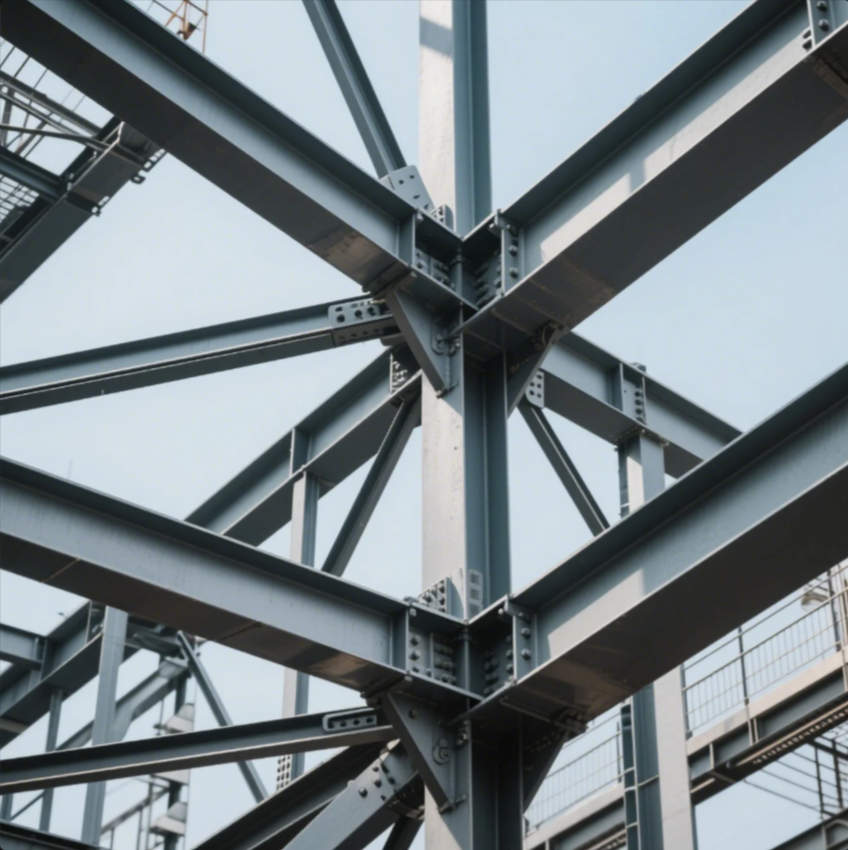
In construction, the five major types are residential, commercial, industrial, infrastructure, and environmental construction. These categories are based on the building’s purpose, materials used, and the scope of the project. Each type has its own set of standards, regulations, and techniques to ensure the project’s success.
Snippet paragraph:
The five major types of construction—residential, commercial, industrial, infrastructure, and environmental—serve different needs and require different approaches and materials.
Dive Deeper
-
Residential Construction: This type includes building homes, apartments, and other living spaces. It focuses on creating safe, comfortable, and durable dwellings for people. The construction often involves wood framing, brick, and concrete, depending on the climate and location.
-
Commercial Construction: This involves building structures for business purposes, such as office buildings, retail centers, and warehouses. Commercial construction typically uses more durable materials, such as steel and concrete, and may involve complex systems like HVAC and plumbing.
-
Industrial Construction: Industrial projects are focused on manufacturing plants, factories, and power plants. These buildings often have specialized systems to support heavy machinery, as well as the need for higher levels of safety and security.
-
Infrastructure Construction: This category includes the creation of large-scale infrastructure projects such as roads, bridges, airports, and water treatment plants. These projects require significant planning and resources and often have a major impact on local communities.
-
Environmental Construction: This type involves building projects designed to protect or improve the environment, such as parks, stormwater management systems, and sustainable green buildings. It emphasizes environmental responsibility and minimizing the ecological footprint.
| Construction Type | Purpose | Example Applications |
|---|---|---|
| Residential | Builds homes and living spaces | Single-family homes, Apartments |
| Commercial | Builds businesses and offices | Office buildings, Retail spaces |
| Industrial | Builds factories and plants | Manufacturing facilities, Power plants |
| Infrastructure | Builds large-scale public works | Roads, Bridges, Airports |
| Environmental | Focuses on sustainable and eco-friendly projects | Parks, Green buildings, Waste management systems |
What Are the Seven Types of Construction?

The seven types of construction are residential, commercial, industrial, infrastructure, environmental, institutional, and specialty construction. These types represent various sectors of the construction industry, each with its own unique requirements and characteristics.
Snippet paragraph:
The seven types of construction—residential, commercial, industrial, infrastructure, environmental, institutional, and specialty—serve distinct purposes and require different approaches to ensure success.
Dive Deeper
-
Residential Construction: This category covers the building of homes, apartments, townhouses, and other living spaces. The goal is to provide safe, comfortable, and affordable housing.
-
Commercial Construction: Focuses on buildings used for business purposes, such as offices, retail spaces, hotels, and warehouses. It typically involves more complex systems and design considerations than residential construction.
-
Industrial Construction: Involves constructing large-scale facilities used for manufacturing, production, and other industrial purposes. This type of construction requires specialized knowledge of heavy machinery, industrial systems, and safety regulations.
-
Infrastructure Construction: Includes projects like highways, bridges, airports, and water supply systems. These projects are typically government-funded and involve large-scale planning and execution.
-
Environmental Construction: Focuses on sustainable projects aimed at preserving or enhancing the environment, such as green buildings, renewable energy projects, and stormwater management systems.
-
Institutional Construction: Includes the building of schools, hospitals, government buildings, and other facilities that serve public or institutional needs. This construction type prioritizes accessibility, safety, and functionality.
-
Specialty Construction: This type focuses on projects that require specialized skills or materials, such as historical restoration, heavy civil work, and high-tech infrastructure. These projects often require unique expertise or custom solutions.
| Construction Type | Purpose | Example Applications |
|---|---|---|
| Residential | Builds homes and living spaces | Houses, Apartments |
| Commercial | Builds businesses and offices | Offices, Retail stores |
| Industrial | Constructs factories and industrial plants | Factories, Power plants |
| Infrastructure | Builds public works | Roads, Bridges, Airports |
| Environmental | Focuses on eco-friendly projects | Solar farms, Green buildings |
| Institutional | Builds public service facilities | Schools, Hospitals |
| Specialty | Specialized construction work | Historical restoration, High-tech infrastructure |
What Is Type 5 Construction Called?
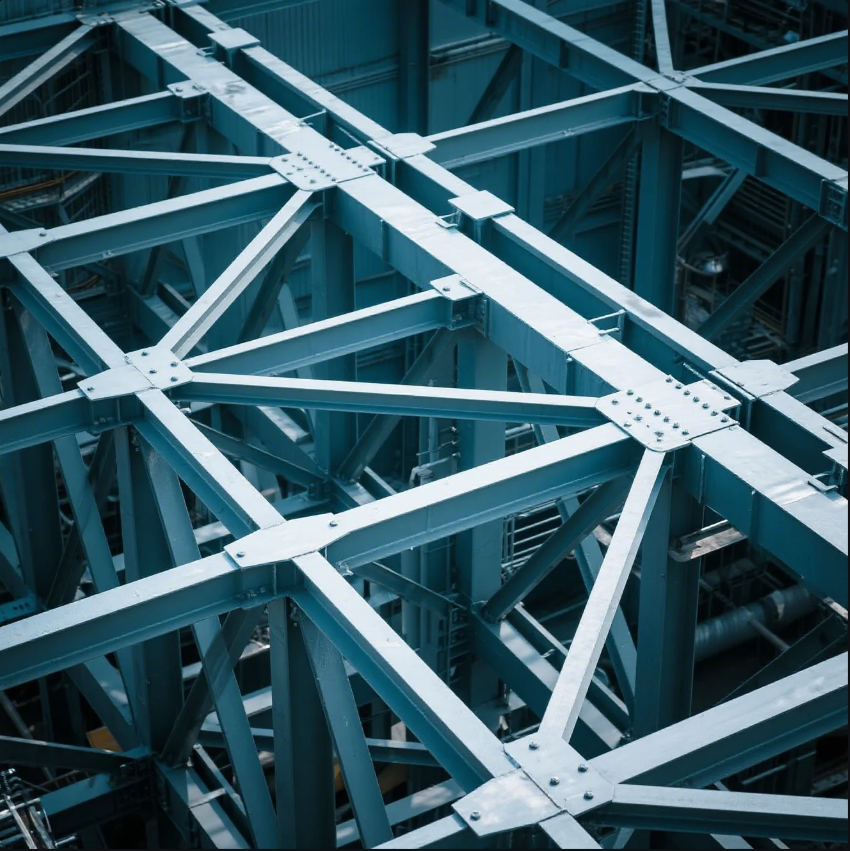
Type 5 construction is a classification used in building codes to refer to buildings that are entirely made of wood or wood-based materials. It is the most common construction type for residential buildings, especially single-family homes and low-rise apartment buildings. Type 5 construction is less fire-resistant compared to other construction types but is widely used due to the low cost and ease of building with wood.
Snippet paragraph:
Type 5 construction is known for using wood as the primary material for the structure, and it’s commonly seen in residential homes and small buildings.
Dive Deeper
Type 5 construction is divided into two subcategories:
- Type 5-A: Fully non-combustible materials are used for walls, floors, and roofs, but the structure itself is made entirely of wood.
- Type 5-B: Uses wood for the entire structure, and other parts of the building, like walls, may be constructed with materials that offer less fire resistance.
Common examples of Type 5 construction include:
- Wood-frame houses: Single-family homes and duplexes.
- Low-rise apartments: Smaller apartment buildings typically made of wood framing.
- Townhouses: Residential buildings with shared walls, often constructed using Type 5 materials.
| Example of Type 5 Construction | Material Used | Common Applications |
|---|---|---|
| Wood-frame houses | Wood framing | Residential homes, Single-family houses |
| Low-rise apartments | Timber framing | Small multi-family dwellings |
| Townhouses | Wood materials | Residential complexes |
What Are the 4 Categories of Construction?

Construction projects are often categorized into four broad categories: residential, commercial, industrial, and infrastructure. These categories represent different sectors within the industry, with unique project types, requirements, and objectives.
Snippet paragraph:
The four primary categories of construction are residential, commercial, industrial, and infrastructure, each addressing distinct types of projects and needs.
Dive Deeper
- Residential: Includes the construction of homes, apartments, and other living spaces.
- Commercial: Encompasses buildings used for business purposes, such as offices, retail centers, and hotels.
- Industrial: Involves large-scale facilities for manufacturing, processing, and production.
- Infrastructure: Refers to the construction of public works like roads, bridges, and airports.
These categories help define the scope, materials, and methods of construction for each project, ensuring the appropriate standards are met.
| Category | Focus | Example Applications |
|---|---|---|
| Residential | Focus on homes and living spaces | Houses, Apartments |
| Commercial | Focus on buildings for business use | Offices, Retail centers |
| Industrial | Focus on manufacturing and production | Factories, Warehouses |
| Infrastructure | Focus on public works and utilities | Roads, Bridges, Airports |
Conclusion
In summary, the construction industry encompasses a wide range of types and categories, each with specific requirements and applications. Whether it’s Type 5 construction, residential, or infrastructure projects, understanding these classifications ensures the right methods and materials are used for each project. The seven types of construction each have their unique features and are suited to different needs, ensuring that every structure can meet the functional and safety standards required for success.

